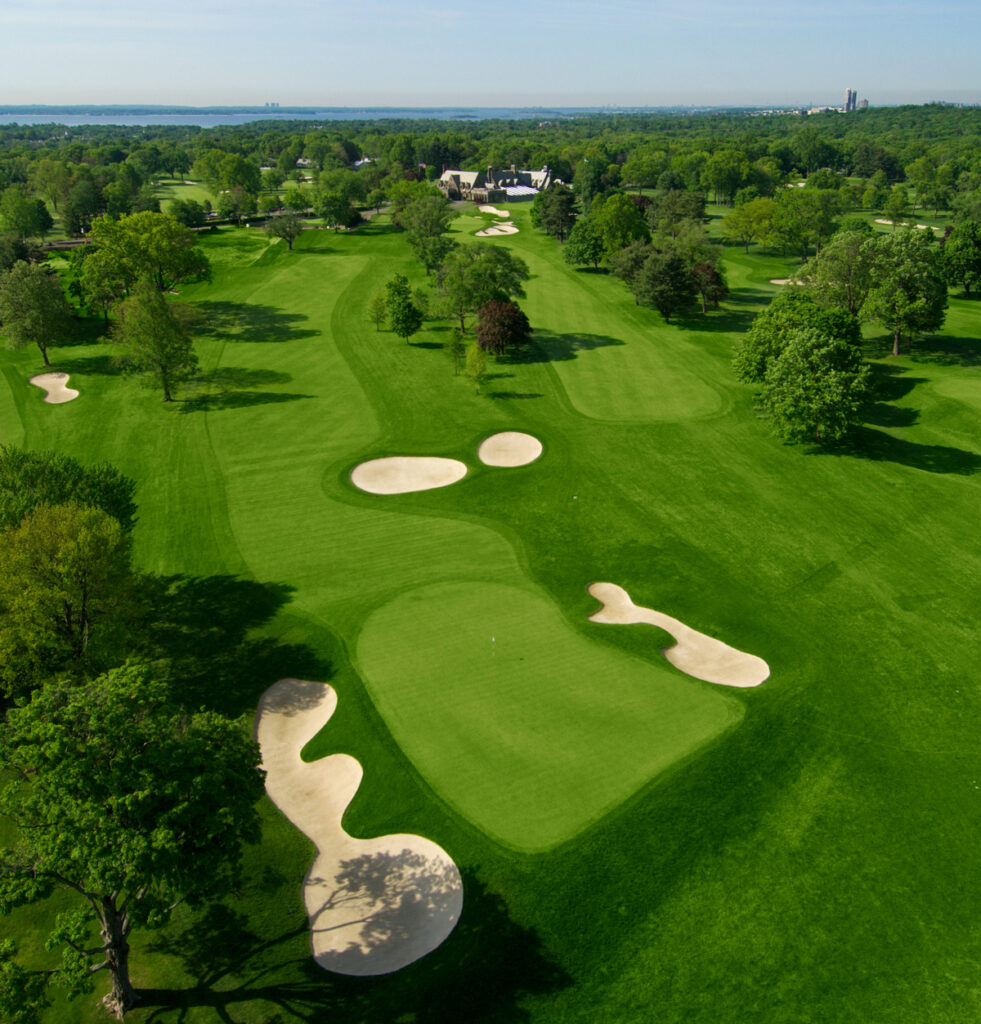The marching orders were simple and ever so direct — “Build us a man-sized golf course.” Upon hearing the news architect A.W. Tillinghast proceeded to create not just one course — but two. Winged Foot Golf Club opened in 1923 and just six years later hosted its first US Open on the West Course won by the legendary Bobby Jones.

This week the club serves as host for the 6th time. The famed West Course once again serves as the ultimate proving ground for the 144 players who will tee it up Thursday.
Unlike previous Opens played in mid-June and concluding on Father’s Day — this year’s event was moved because of the global pandemic. Galleries will also not be permitted in keeping with protocols followed by other major sports events in the United States.
This year’s US Open returns to a proven venue — where pars are eagerly sought and scorecard train wrecks for competitors are only one hole away from happening. In the five previous US Opens played on the West Course only two men have finished under par for 72 holes — Fuzzy Zoeller and Greg Norman. Zoeller won the 1984 championship in an 18-hole playoff with the Aussie and if one were to include playoff scores he is the only man to finish 90 holes under-par.
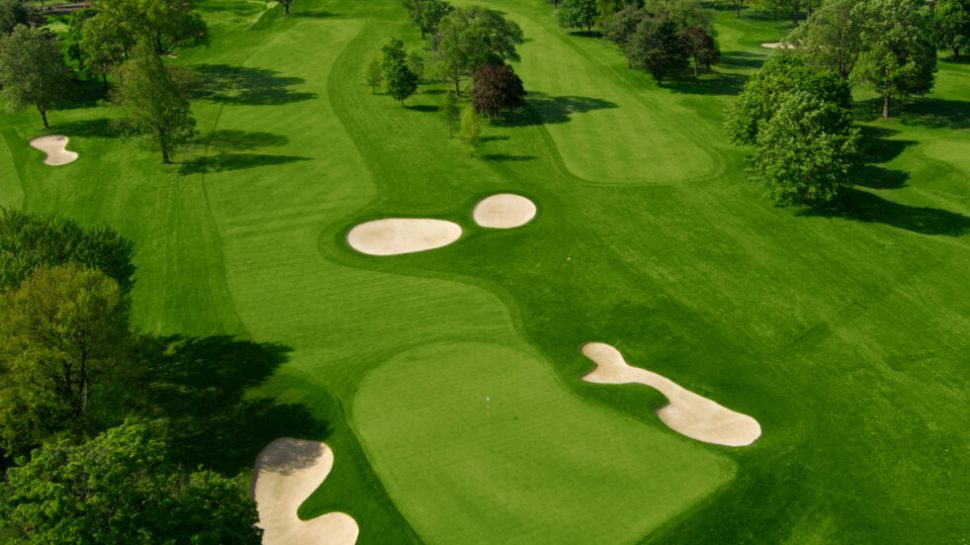
The 1974 US Open was tagged as the “Massacre at Winged Foot” — a frame-by-frame overview of that event written by renowned sportswriter Dick Schapp. The winner, or should I say survivor, was Hale Irwin with a seven-over-par total of 287. That total matched the second highest winner’s score since World War II.
The Tillinghast layout has been updated since the last Open played in 2006. Total length is 213 yards longer with par remaining 70. Two of the holes were switched in terms of their par designation — the 5th now plays as a long par-4 of 502 yards and the 9th, formerly a long par-4, will play as a par-5 of 565 yards.
Architect Gil Hanse was hired by the club for an extensive updating of the course in 2017. Just under 25,000 square feet of putting surface was reclaimed to match the original Tillinghast creation. For this year’s event that will mean more possible pin locations for usage.
The terrain for Winged Foot West is rather ordinary. There is some land movement but it is not as pronounced as it is at other key golf clubs situated in Westchester County. Where matters get especially interesting is when one gets nearer to the vexing putting surfaces. Many of them placed on rock outcroppings and often elevated beyond the fairway. Failure to find the fairway can prove an exasperating situation as approach shots must find specific landing areas on the greens. Those who miss wide — either left or right — will likely encounter deep bunkers pushed tightly against the putting surfaces. Those missing even the bunkers will face an even more daunting challenge as they seek to escape without major damage.
Tillinghast was famous in saying golf courses are like human beings — all are somewhat similar from feet to neck but it is the faces that clearly distinguish one from another. The putting surfaces on the West Course provide a slew of different looks and are anything but commonplace.
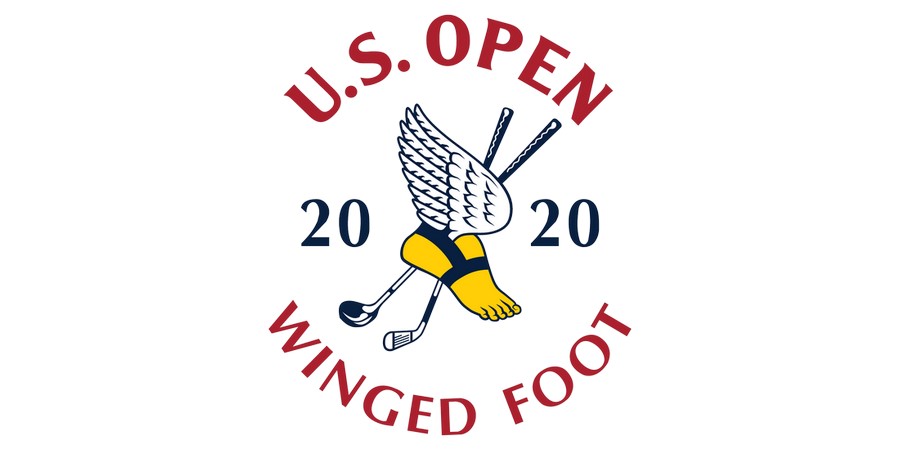
One of Tillinghast’s most noted quotes summed up matters succinctly — “Extremely large greens breed slovenly play. When any green ceases to command respect, it loses its value of a test of that rarest of all strokes, the shot home.” The West Course has often been cited as the most rigorous examination of approach shots.
The key for players is the need to get off to a sound start over the first five holes. The opener plays 451 yards and while the tee shot is not especially noteworthy one’s ball must find the fairway to secure a reasonable opportunity for the approach. The green is like a stormy ocean — plenty of various movements and subsections. Jack Nicklaus famously hit the green with his approach during the first round of the 1974 championship and then from 28 feet away was left with a further return putt for par.
The 2nd has been lengthened to 484 yards and is well protected in the drive zone and at the green. The long par-3 3rd is ultra-demanding at 243 yards. Out of bounds guard the rear of the hole — and the putting surface is fiercely protected by deep flanking bunkers. The par-4 4th plays 467 yards and provides another raised green site that is well protected. The 5th, which was previously a very receptive par-5, is now a long par-4 of 502 yards.
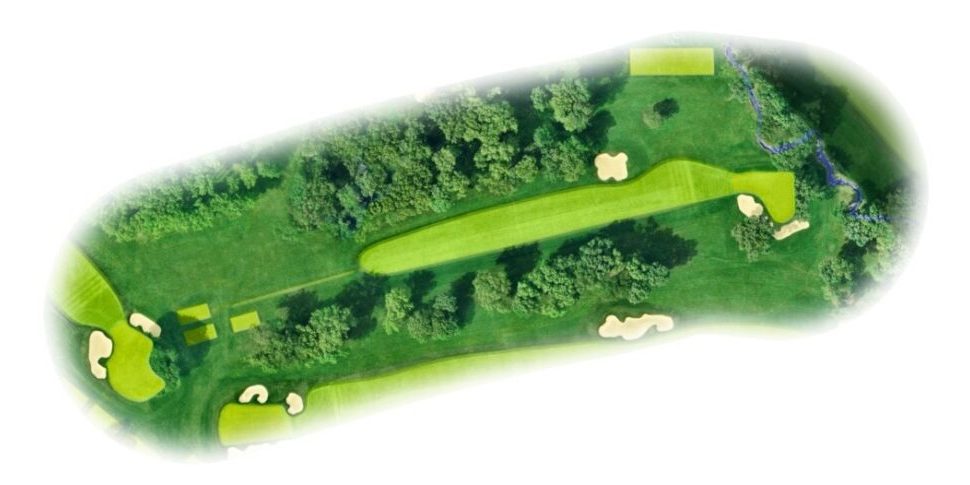
Fortunately, there is an opportunity for players to secure lower numbers starting at the short par-4 6th at 321 yards but it’s crucial for the fairway to be hit given the massive frontal bunker and narrow landing area. The par-3 7th is short at 162 yards, but again the green is elevated and quite finicky on any approach. The long par-4 8th has been extended to 490 yards and swings from left-to-right int he drive zone. The outward side concludes with the par-5 9th at 565 yards — but the green will not yield a plethora of birdies unless the approach — whether with the 2nd or 3rd shots — is struck with precision.
The inward side commences with the famous par-3 10th. Extended from 190 to 216 yards, Ben Hogan was famous in saying it was akin to hitting a 3-iron into some guy’s bedroom. The green is one of Tillinghast’s finest creations. The only other par-4 less than 400 comes at the 11th and provides a good scoring opportunity. The final par-5 at the 12th — playing 633 yards — is scoreable but everything hinges on finding fairway on both the tee shot and second shot.
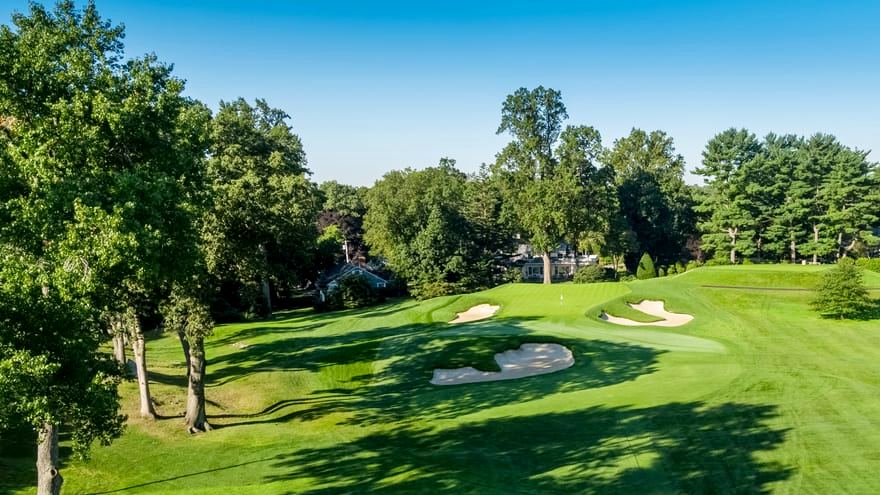
The final six holes on the West provide no quarter for any player. The par-3 13th is often underrated as a test but is anything but elementary. The 14th and 15th both head in the same direction but are vastly different. The former turns left in the drive zone and has a green sitting above the fairway. The 15th slides gently downhill and turns right. A creek sits at the bottom of the hill and players will likely hit less than driver and once again face another uphill approach to a green with an array of internal movements.
When one reaches the final trio, you head in a southerly direction. The par-4 16th at 498 yards — played as a par-5 by the members — is daunting. Competitors will need to avoid missing left and the approach must be played to another demanding target. The par-4 17th has been extended to over 500 yards and this time players must work the ball in the opposite direction from the tee.
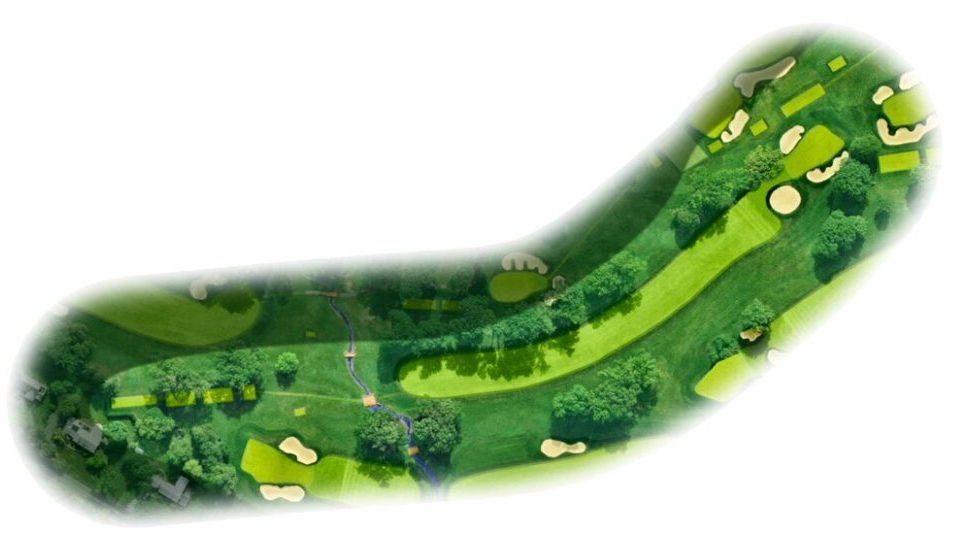
The final hole on the West Course is one the finest in all of golf. Players face a chute-like area for the tee shot and the hole moves left in the drive zone. During the ’06 championship a number of players were simply demolished — most notably Phil Mickelson needing just a par to win the event — limped home with a devastating double-bogey and missed the playoff against winner Geoff Ogilvy by one shot. The 18th does not have greenside bunkers but the green complex is filled with numerous riddles that only the surest of putting strokes will be able to handle.
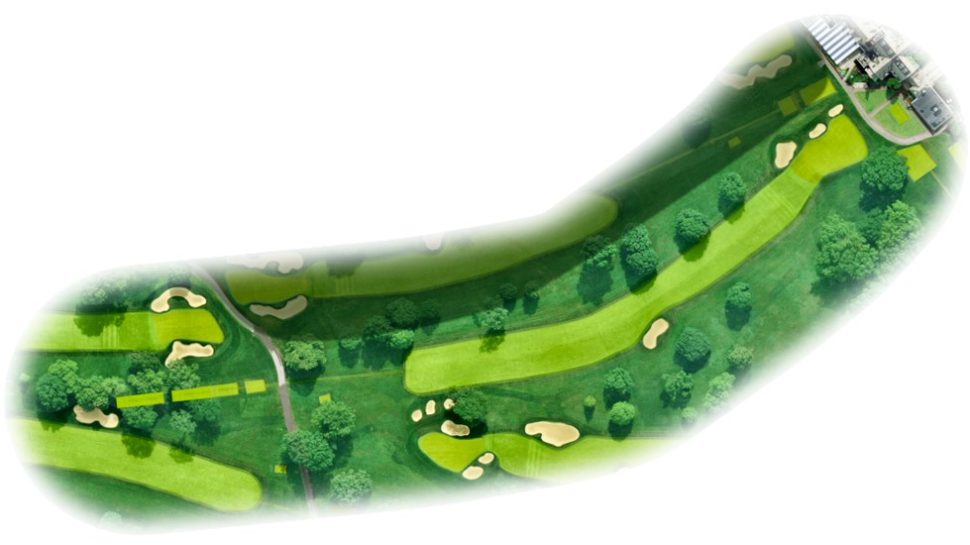
Winged Foot West, along with Oakmont and Oakland Hills / South, have set the standard in showcasing examinations in golf that are without peer. When plays commences Thursday a new generation of players will seek to do battle with arguably Tillinghast’s most intimidating effort.
The battle lines are clearly drawn.
The man-sized course Tillinghast was entrusted to create awaits.
